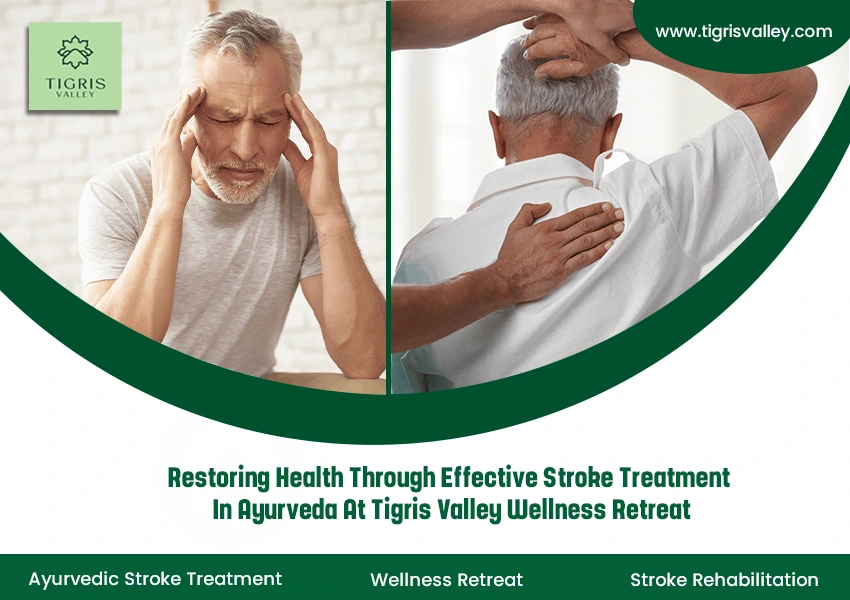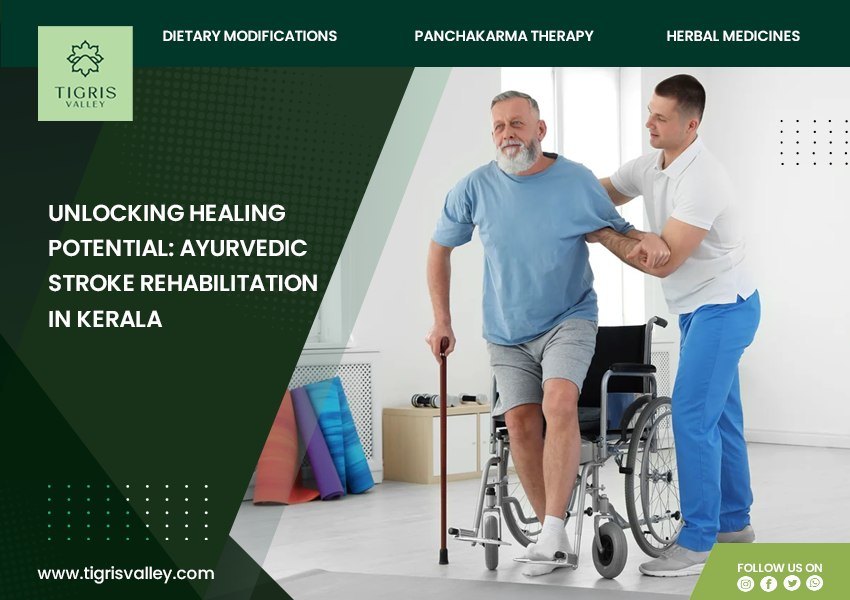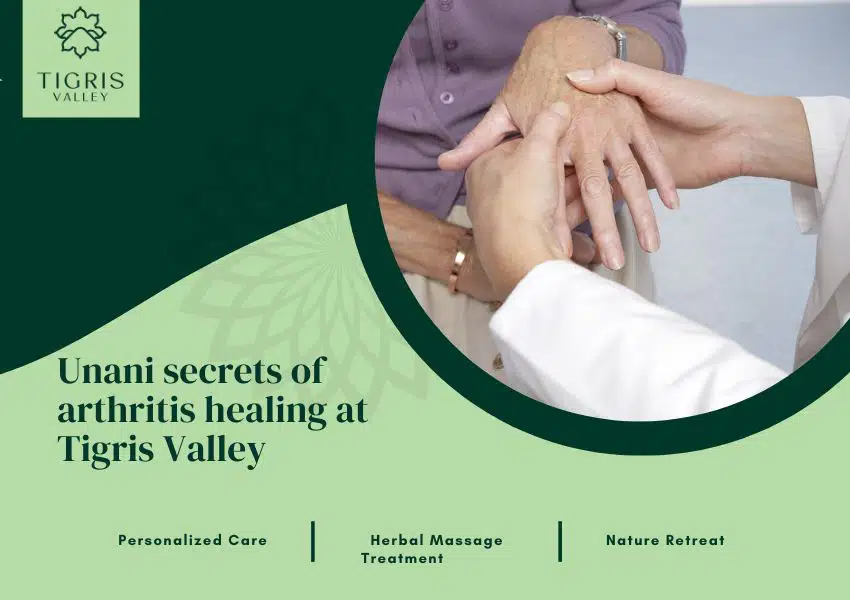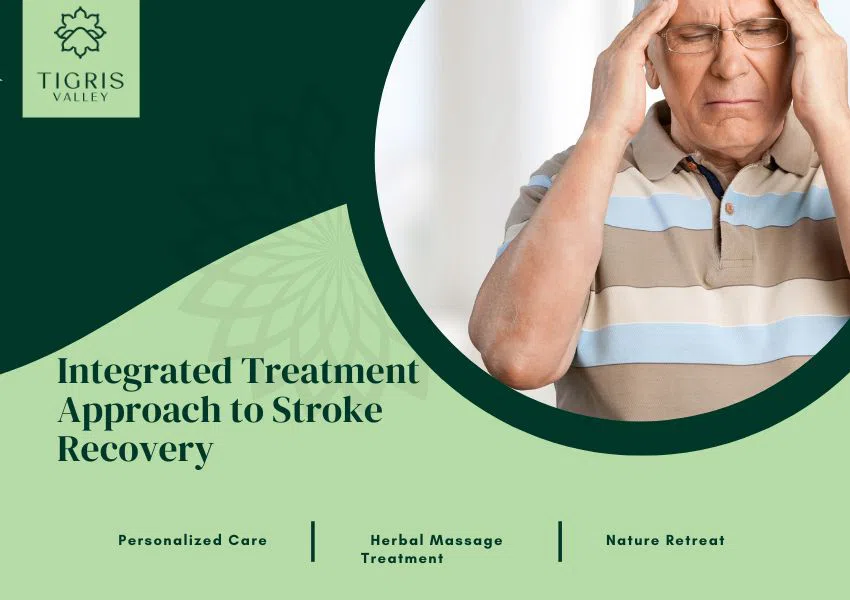
Restoring Health through Effective Stroke Treatment in Ayurveda at Tigris Valley Wellness Retreat
Restoring Health through Effective Stroke Treatment in Ayurveda at Tigris Valley Wellness Retreat Stroke recovery can be a challenging journey, often requiring an integrated strategy for healing. A stroke occurs…














